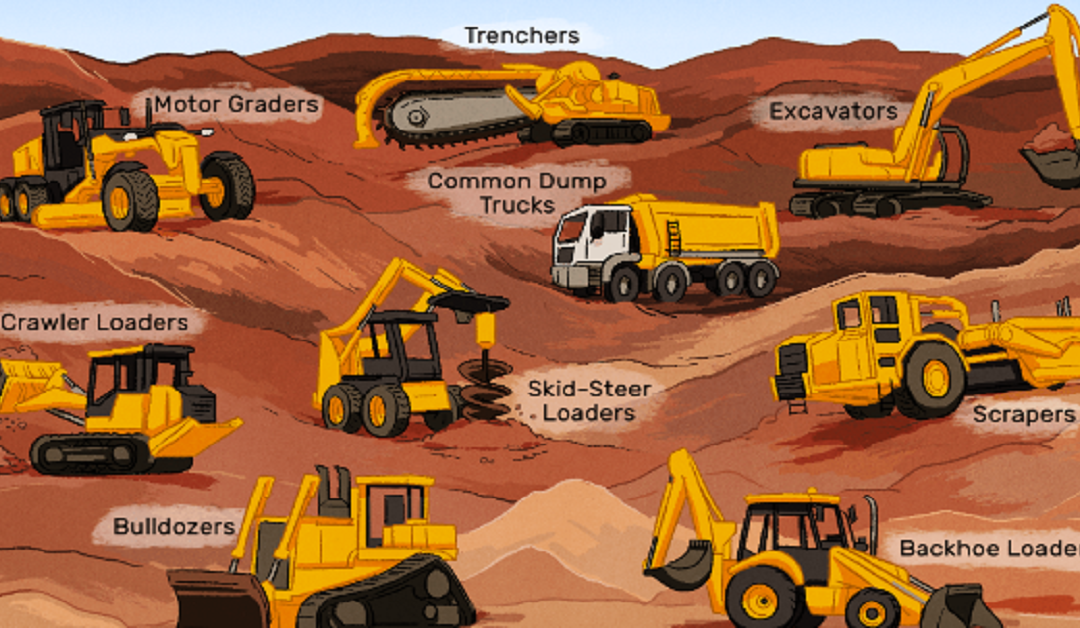Top Equipment Rental Company for All Your Demands
Top Equipment Rental Company for All Your Demands
Blog Article
Renting Vs. Buying Building And Construction Tools: Making the Right Choice for Your Project
When beginning on a building project, one of the vital choices that forecast managers and stakeholders encounter is whether to purchase or rent building and construction equipment. The choice pivots on numerous variables such as price factors to consider, project duration, equipment maintenance, versatility, scalability, and danger monitoring.
Expense Factors To Consider
When examining the financial element of acquiring versus renting out construction equipment, the upfront costs and long-term expenditures need to be very carefully considered. Renting out devices typically requires reduced preliminary payments contrasted to acquiring, making it an eye-catching alternative for temporary projects or contractors with spending plan restrictions. Renting removes the demand for large funding expenses and reduces the financial risk linked with equipment ownership, such as upkeep and depreciation prices. However, in the long run, continuously leasing devices can build up higher costs than buying, specifically for extensive jobs.
On the other hand, purchasing construction equipment includes greater in advance prices however can result in long-term savings, specifically for long-lasting tasks or constant users. Having devices offers versatility, convenience, and the potential for resale worth once the task is completed. Furthermore, having devices permits for customization and familiarity with specific machinery, possibly raising effectiveness and productivity on-site. Eventually, the choice in between purchasing and renting building and construction devices pivots on the task's period, regularity of usage, spending plan factors to consider, and long-lasting monetary goals.
Job Period

On the other hand, for lasting tasks or recurring construction work, getting tools could be the more cost-effective alternative. Investing in equipment can bring about cost savings over time, especially if the tools will certainly be regularly utilized. Furthermore, possessing equipment provides a feeling of control over its availability and permits personalization to fit specific job needs.

Equipment Maintenance
Offered the critical function task duration plays in figuring out one of the most economical strategy in between renting and buying building and construction equipment, the focus currently moves towards analyzing the vital facet of tools maintenance. Proper maintenance is critical for making sure the optimal performance and longevity of building devices. Renting equipment often includes the advantage of having well-kept equipment supplied by the rental company. This can ease the concern of upkeep tasks from the project proprietor or professional, conserving time and initiative. On the other hand, possessing equipment needs an aggressive approach to maintenance to avoid breakdowns, ensure security, and extend the equipment's life-span. Regular inspections, servicing, and timely repair work are required to maintain owned and operated tools in leading working problem. Factor in upkeep prices when making a decision between getting and renting, as neglecting upkeep can bring about pricey repair work, downtime, and project delays. Ultimately, a properly maintained construction tools fleet, whether rented out or owned, is essential for the effective and effective completion of building and construction tasks.
Versatility and Scalability
In the scaffolding pulley system world of building and construction equipment management, the facet of flexibility and scalability holds significant significance for project effectiveness and resource use. Choosing to lease construction tools provides a high degree of flexibility as it permits the quick change of tools types and quantities based on the advancing requirements of a job. Renting enables professionals to access a large range of specific equipment that might be needed for details jobs without the lasting dedication of possession. This versatility is especially beneficial for tasks with differing needs or unclear periods (aerial lift rental).
Additionally, scalability, an additional crucial aspect, is inherently linked to versatility. Leasing construction tools supplies the advantage of quickly scaling operations up or down as project demands vary. Contractors can swiftly add or exchange equipment to match the project's changing needs without the constraints of having possessions that might end up being underutilized or outdated. This ability to scale sources successfully can lead to price financial savings and improved job timelines, making renting out a desirable choice for projects needing versatility and responsive resource allowance.
Risk Monitoring
Effective risk management in construction equipment operations is critical to making sure project success and mitigating potential monetary losses. Building and construction tasks inherently entail numerous dangers, such as equipment failures, crashes, and task delays, which can considerably affect the project timeline and spending plan. By thoroughly taking into consideration the risks connected with owning or renting building and construction devices, job supervisors can make enlightened decisions to minimize these prospective risks.
Renting building tools can offer a level of risk reduction by moving the obligation of maintenance and fixings to the rental firm. This can minimize the monetary concern on the job owner in find more situation of unexpected devices failings (aerial lift rental). In addition, renting out provides the flexibility to access specific equipment for certain job phases, decreasing the risk of owning underutilized machinery
On the other hand, possessing building devices gives a sense of control over its use and maintenance. Nonetheless, this additionally means bearing the full responsibility for repair services, upkeep expenses, and devaluation, increasing the economic risks connected with devices possession. Mindful threat assessment and consideration of elements such as project period, devices utilization, and upkeep demands are critical in determining one of the most appropriate option for efficient threat management in construction projects.
Verdict
In verdict, when making a decision between buying and renting building and construction devices, it is essential to take into consideration expense, task this website period, tools upkeep, scalability, versatility, and risk monitoring. Each element plays a critical role in establishing the most suitable alternative for the task available. By thoroughly examining these elements, task managers can make an informed decision that aligns with their spending plan, timeline, and overall project goals.

Report this page